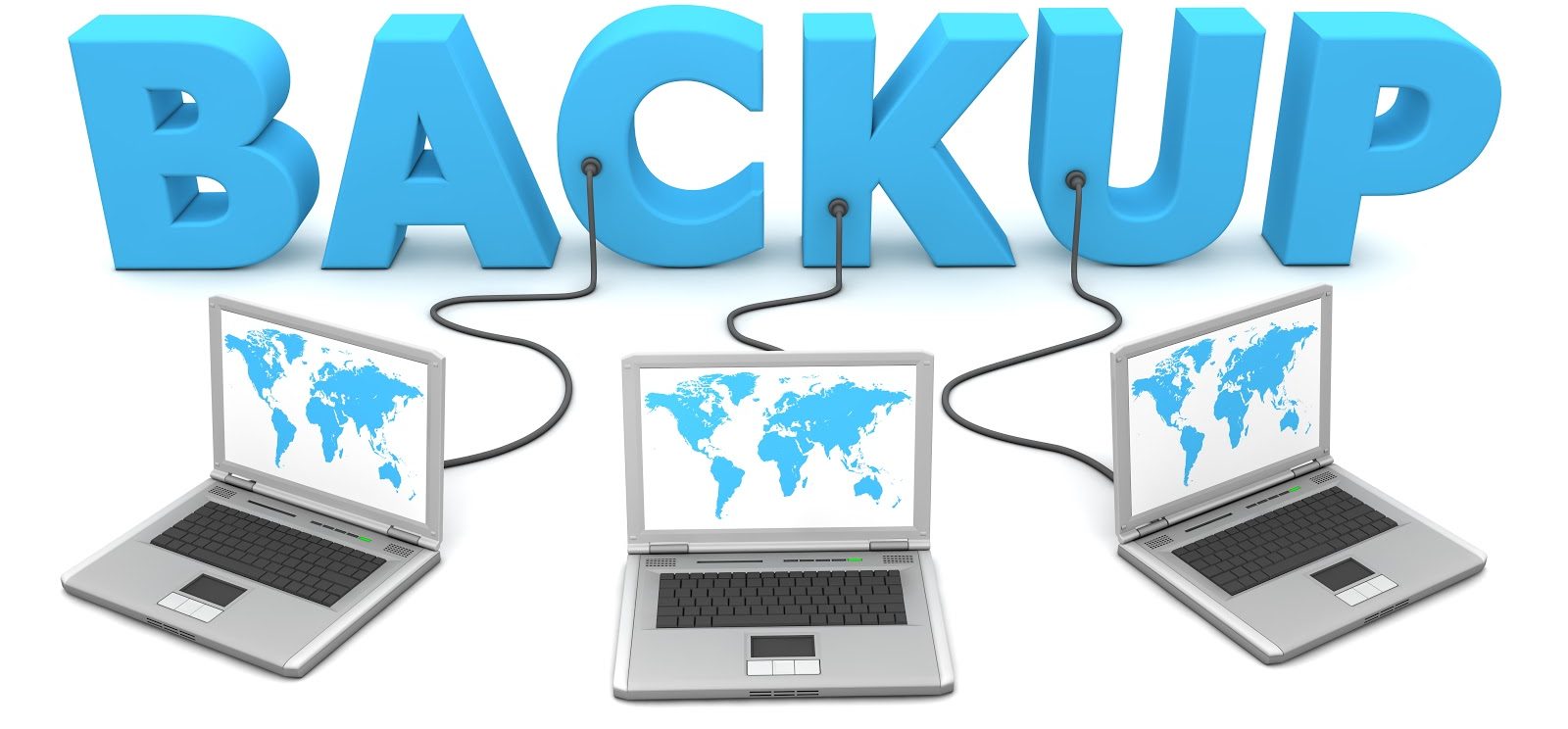It’s clear that backing up your server is a vital task, whether you keep your data in private servers, on the cloud, or employ a hybrid approach.
While our previous article helped you understand certain specifics about your own environment that can help you make the decision about which type of backup solution to use, there is still more information that is important to help determine which service to employ.
While there are many solutions that offer advanced features particular to certain ecosystems, there are basic features that are important to almost every environment. While each backup solution provides management consoles, backs up your data, integrates with your systems, and has similar additional functions such as agentless backup and data encryption, there are still numerous differences between the options provided.
We’ll let you know about each of these so you can see exactly what to look for in your server backup solution.
How big is its footprint?
It is expected that well-equipped server backup software will likely take up a large amount of your server’s memory and processing power. However, some solutions use more of this than others.
The bigger the footprint, the less access you have to your own data while it’s being backed up. This also applies to the client. If the backup software uses a large amount of CPU, the user may have difficulty accessing it as well.
This means that, when you are comparing programs, you should determine if you or clients will need to run applications while you are backing up or restoring data. If you choose a program that requires high CPU resources, make sure there is an off-time when you can run the backup.
Does it save storage space?
One thing to look at when you’re deciding on backup software is the compression settings that remove unnecessary or repetitive data in a file to save storage space. Most solutions will allow you to adjust the settings to determine how compressed you’d like your files.
It’s important to recognize that compression rates can change depending on the file type, but storage backup software will document their compression rates.
If you do need to save space, compression rates don’t always work as well as advertised, so make sure to keep extra space on your servers. Additionally, recognize that higher compression rates take longer and use more CPU and RAM resources. It’s up to your specific situation to determine if higher compression rates are important.
Recovery options
 While all backup solutions backup your data (of course), not all of them offer full-service recovery options. For some administrators, they can perform the recovery themselves, making this unnecessary. For other companies, an immediate recovery is necessary, which means that backup solutions without this feature are not an option.
While all backup solutions backup your data (of course), not all of them offer full-service recovery options. For some administrators, they can perform the recovery themselves, making this unnecessary. For other companies, an immediate recovery is necessary, which means that backup solutions without this feature are not an option.
Additionally, among the software that does offer recovery, some programs work in a very different way. If you need a small footprint that allows you to use programs while the data is backing up or being restored, you’ll need to search for an incremental solution.
On the other hand, if you’d like the recovery to be quick and don’t mind if it uses more resources, a differential backup solution is better. Instead, if you need the fastest option, you should choose image backups, also called disk imaging or disaster recovery. This creates a full disk backup of your entire system, including the operating system, all applications, and all data. The other options include just the files and folders.
This is your best option for a fast disaster recovery when you are required to restore an entire system, either to your existing server or an entirely new one on a physical or virtual machine. This is a secure and safe option, although, as you can imagine, it uses a large amount of CPU. So, first, you’ll need to consider if you need an automated recovery option. If so, you will then decide if you prefer an incremental, differential, or image server backup solution.
Each of these options depends on your specific circumstances, the speed at which you need your information restored, and how much CPU is acceptable for your backup software to use.
Extra features?
Do you need any extra features from your server backup solution? This is something to consider before diving into the options.
For example, deduplication “enables backup applications to perform optimized backup and restore of volumes that are enabled for data deduplication.” Essentially, deduplication makes sure that there are no duplicate files, and if there are, removes them. This is typically used to save storage space with users who implement multiple strategies to back up their data.
Another optional feature to consider is if you need a system-state backup in addition to your file backup. The system state contains a number of items, such as the system registry, COM and database, certificate services, and more. If you ever need to fully restore your server, you will need this state to recover things such as your AD Domain or IIS sites.
With system-state backup, you can restore all of this information to your server, even backing up the relationship between programs and applications on your OS.
Another important consideration is cloud integration. This will depend on your specific solution. If you’re looking for a backup to your own private servers, this is an unnecessary feature. As the majority of businesses employ a hybrid approach, though, this is becoming an important addition.
Some solutions offer only the software, leaving you to determine exactly where to host your backup. Others, instead, support both local backups and are able to easily link to third-party cloud providers. This is an important consideration depending on where you choose to store your data.
How’s the documentation?
When considering which software to purchase, it’s necessary to see the amount of documentation available online and the support offered. Even if you’re a very experienced administrator, there will inevitably be a time when you are confused and unsure. This is where support comes in handy.
As server backup solutions are often quite costly, you need to make sure that the software will always be helpful. This means easily finding support when you need it. Following these tips and making sure there is ample support available when you need it will help you find the best server backup solution for your needs.




Despite that this is a very detailed article on the subject; I still believe there is a need to choose the networking and data backup equipment on the advice of a local Network Support Expert. You can use this information for communicating with him regarding why the specific solution, but making the whole decisions yourself will cost you more than savings.
Can you help me propose right back up solutions for Lahug Medical Center is the largest hospital in Cebu. It has more than 500 physicians and 700 licensed hospital beds, as well as approximately 30 specialty and primary care clinics in Lahug and the surrounding area. It is also the primary teaching partner of the University of San Miguel, which serves 2000 students. LMC has several large file servers across two datacenters that must be backed up regularly and reliably. These servers contain a wide range of data, from electronic medical records to administration files, many of which must be kept highly available. It holds more than 1PB of data in total and stores more each day. Their biggest challenge is that they never delete anything. Medical records are particularly resource-intensive as they are required to keep them for eight years and 20 years in some cases. Add to this that they work closely with a teaching hospital that uses their data to conduct research. To avoid losing critical data, LMC puts great emphasis on backing its system. However, its backup process and protocols are complicated and inefficient. Their backup environment consists of two products, Arcserve and Acronis on their two datacenters respectively. Each of these systems had to be backed up separately in the main data center which is complicated, time consuming and inefficient. Their radiology system alone was approaching 100TB, an amount of data that stand-alone tools were not able to backup and restore on demand. Please propose a highly efficient and responsive backup strategy.